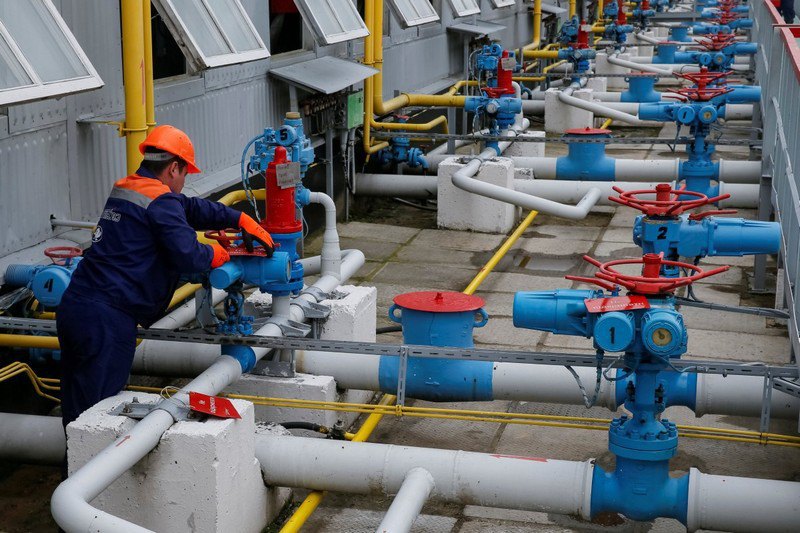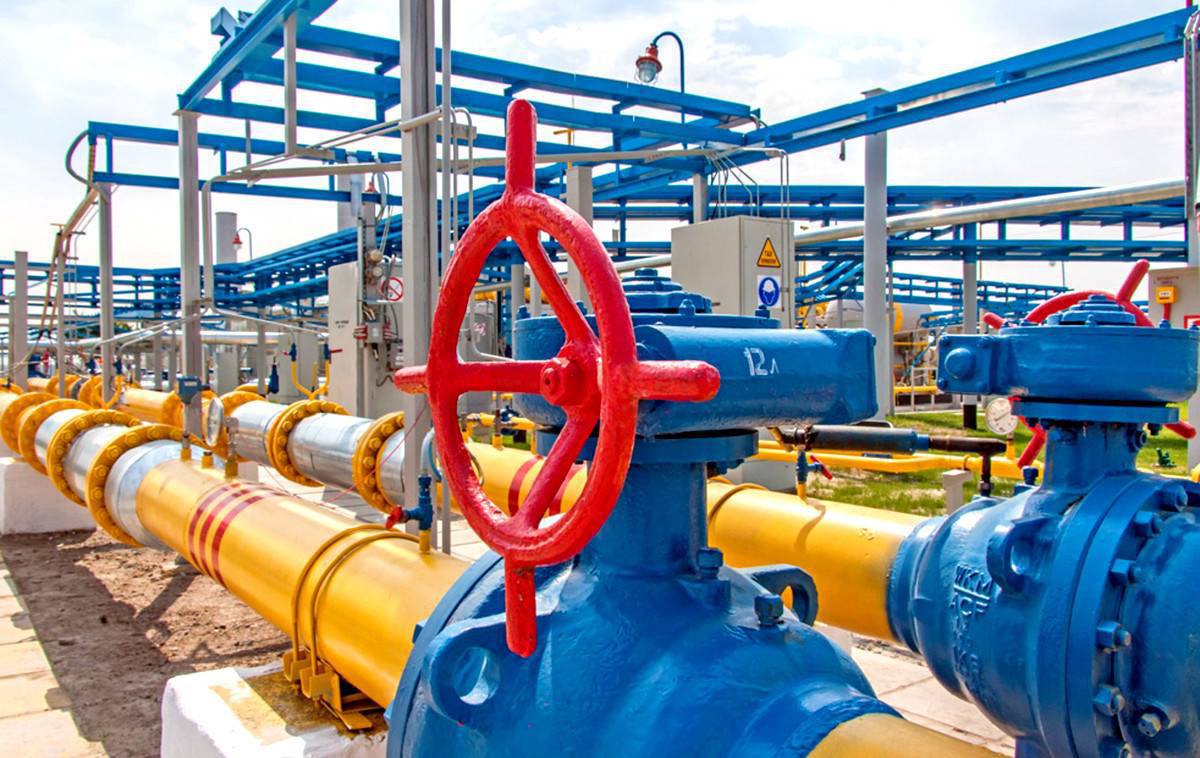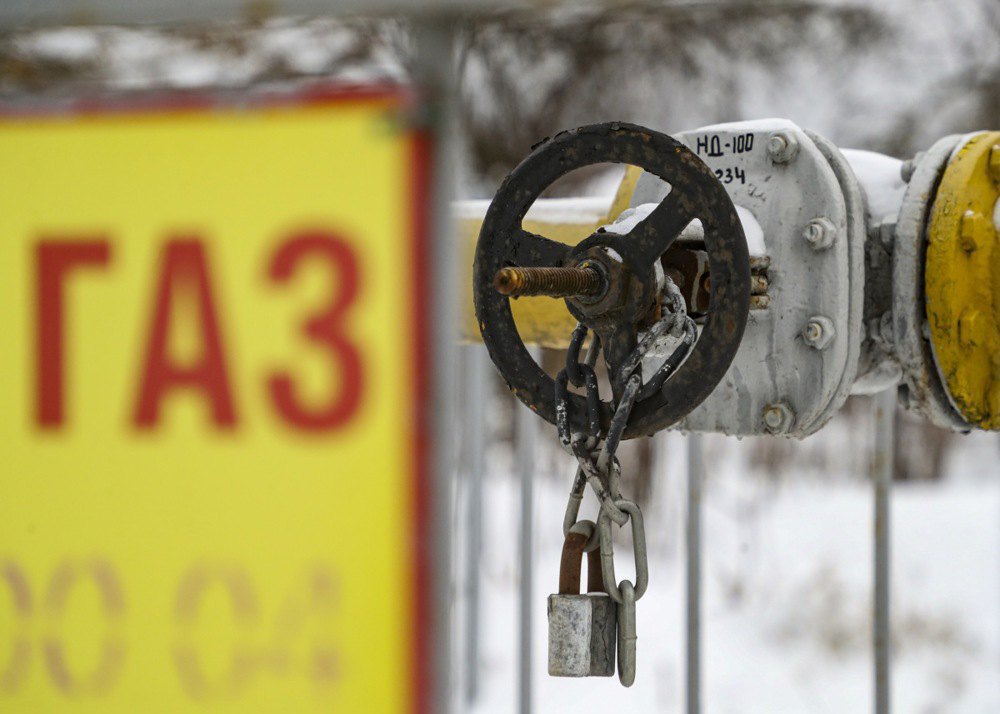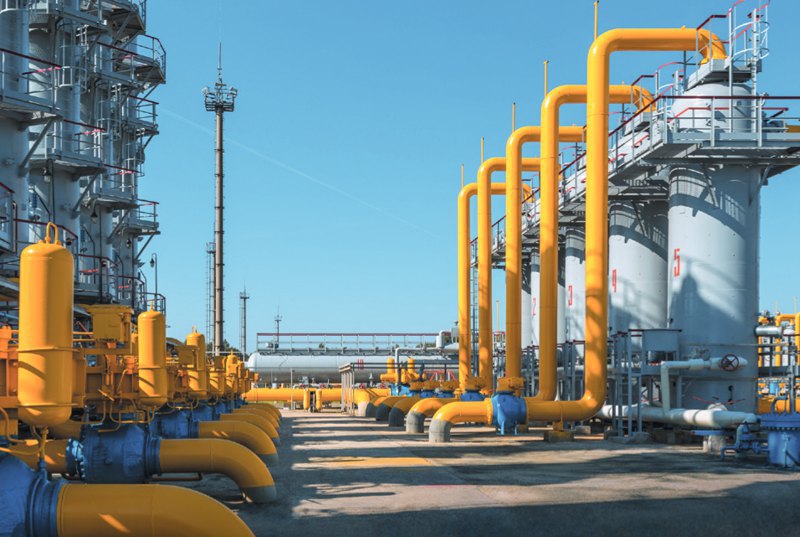
Background
For 60 years, Ukraine’s gas transmission system served as a key transit route for Soviet and later Russian gas to Europe. With a maximum capacity of 150 billion cubic metres annually, it once supplied a substantial portion of Gazprom’s export needs. However, Russia has been actively constructing alternative routes to bypass Ukraine. This strategy is now clear in hindsight.
In 1997, the Yamal-Europe pipeline became operational, followed by the Blue Stream, Nord Stream 1, two branches of the Turkish Stream, and Nord Stream 2. As these routes expanded, gas transit volumes through Ukraine steadily decreased.
Despite Russia’s aggression in 2014 and the escalation of the war in 2022, gas transit through Ukraine continued under a five-year contract signed at the end of 2019 with European mediation. Gazprom agreed to transport 40 billion cubic metres annually on a “transport or pay” basis. However, since 2022, Russia has only paid for 15 bcm annually, as Ukraine halted transit through the Sohranivka GCS and Novopskov border compressor station, both under Russian occupation. This decision was made not only to safeguard the gas infrastructure but also to minimise risks of attacks on the transmission system during transit.
Who purchased gas transported via Ukraine?
In 2023, Russia transported about 15 bcm of gas through Ukraine — only 8% of pre-war volumes to Europe. At its peak, Russia supplied 35% of Europe’s gas market but has since lost much of it due to its aggression, according to Reuters.
The gas transported through Ukraine primarily supplied Slovakia, which consumed 3 bcm (two-thirds of its demand), with subsequent flows to the Czech Republic and Austria. Meanwhile, Russia also delivered gas via the Blue Stream and Turkish Stream pipelines to Turkey, from where it reached Hungary, Bulgaria, and Serbia. Total pipeline exports to Europe, including these routes, rose to 32 bcm in 2024 from 28.3 bcm in 2023.

Ending transit and seeking alternatives
Ukraine previously earned $0.8–1 billion annually from Russian gas transit but has opted not to extend the transit contract. Although Russia expressed willingness to extend the agreement, Ukraine remains firm in its decision.
In recent years, some EU countries explored using the Ukrainian gas transmission system for Azerbaijani gas exports. However, according to Bloomberg, for the system to operate efficiently, it would require a supply of 10–11 bcm — about 5 bcm less than current volumes.
In 2023, Azerbaijan exported 23.8 bcm of gas (a 5% increase from 2022), with 11.8 bcm destined for Europe. Despite these figures, no long-term agreement was reached, primarily due to Europe’s reluctance to commit to purchasing Azerbaijani gas. This hesitation is further complicated by US President-elect Donald Trump’s push for Europe to purchase more American LNG.

Gazprom’s financial and legal troubles
Gazprom recorded a net loss of $6.1 billion in 2023 — the first loss in 25 years — making it Russia’s most unprofitable company. Losses for 2024 are expected to be even higher. Additionally, the company is entangled in at least 20 lawsuits for failing to fulfil contracts. In June 2024, the Stockholm Arbitration Court awarded Uniper €13 billion in damages.
Naftogaz of Ukraine is also awaiting an arbitration decision on its €1.4 billion claim against Gazprom for unpaid transit fees, with a ruling expected by April 2025. Meanwhile, Poland’s Orlen has filed significant monetary claims against the Russian energy giant.
Gas prices remain stable despite transit halt
According to Natural Gas World, wholesale gas prices in Europe have remained stable despite the upcoming suspension of Russian gas transit through Ukraine.
At the Dutch TTF hub, the initial January contract fell by €0.28 to €47.47 per megawatt-hour (MWh), while the February contract rose slightly by €0.01 to €47.76/MWh. In the European carbon market, the benchmark contract dropped by €0.14 to €71.42 per metric tonne.

Increased EU gas consumption
Between late September and mid-December, EU gas storage volumes fell by about 19%, the fastest depletion rate since the energy crisis three years ago, according to Gas Infrastructure Europe. This was driven by cold weather, increased demand, and declining LNG imports.
In contrast, during the previous two years, the EU used less than 10% of its stored gas over the same period due to mild weather and reduced industrial demand caused by high prices, according to The Financial Times. Some countries, like the Netherlands and France, have seen particularly rapid depletion of their reserves, with drops of 33% and 28%, respectively, since the start of winter.
Natasha Fielding, head of European gas pricing at Argus Media, explained that Europe has relied heavily on underground storage to offset declining LNG imports and meet high demand. Additionally, growing competition from Asian buyers for LNG has reduced imports to Europe, further straining reserves.
The last time Europe’s gas storage levels dropped this rapidly was in December 2021, shortly before Russia’s full-scale invasion of Ukraine.

What’s next?
Ukraine plans to deepen the integration of its gas system into the European market after stopping Russian transit. While much of the country’s transport infrastructure will no longer be used, its underground storage facilities could play a key role in ensuring Europe’s energy stability.
Ukraine also hopes to participate in a major EU-US gas deal announced by European Commission President Ursula von der Leyen, further aligning itself with Europe’s energy strategy.








